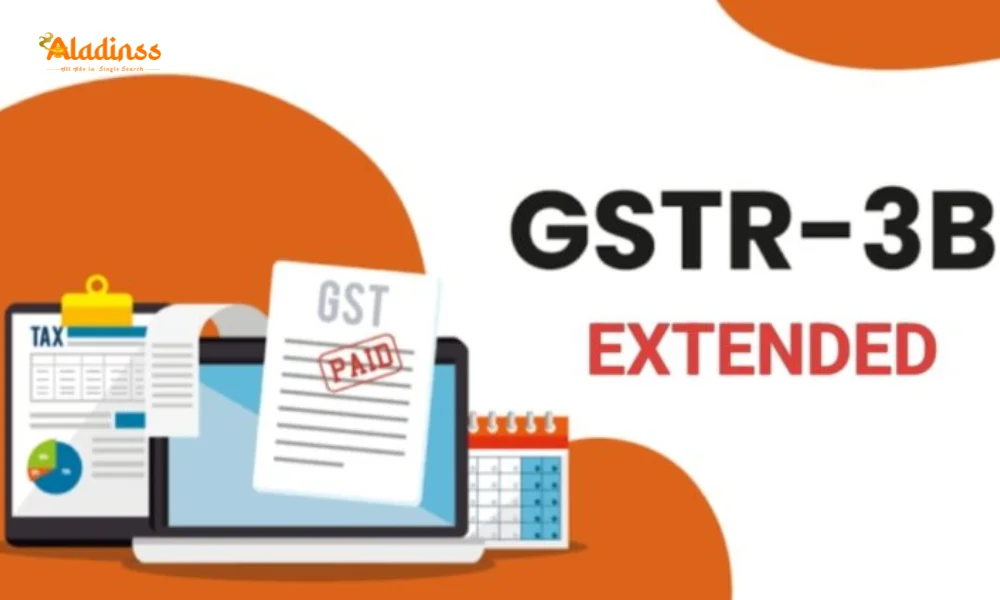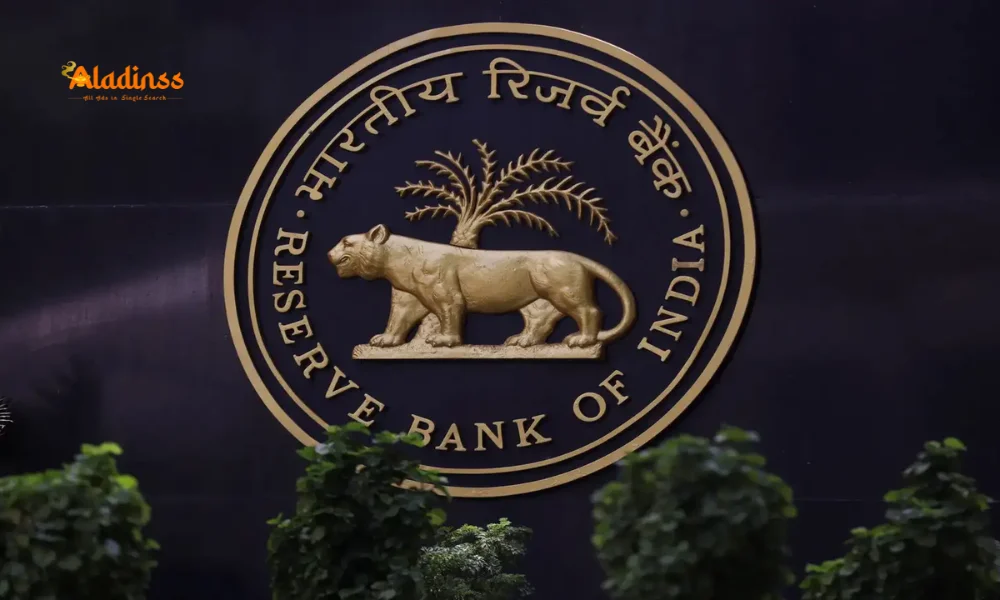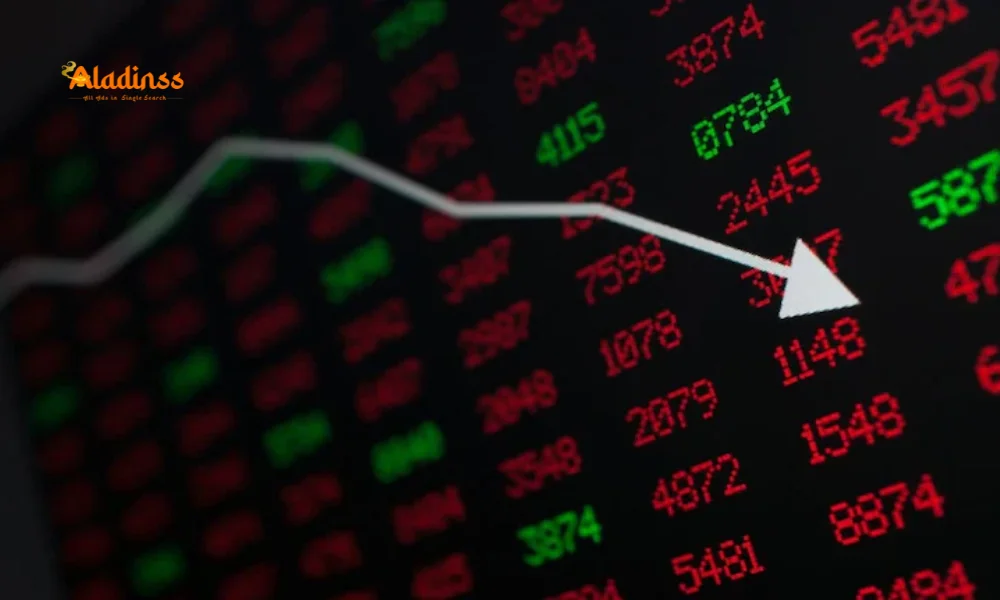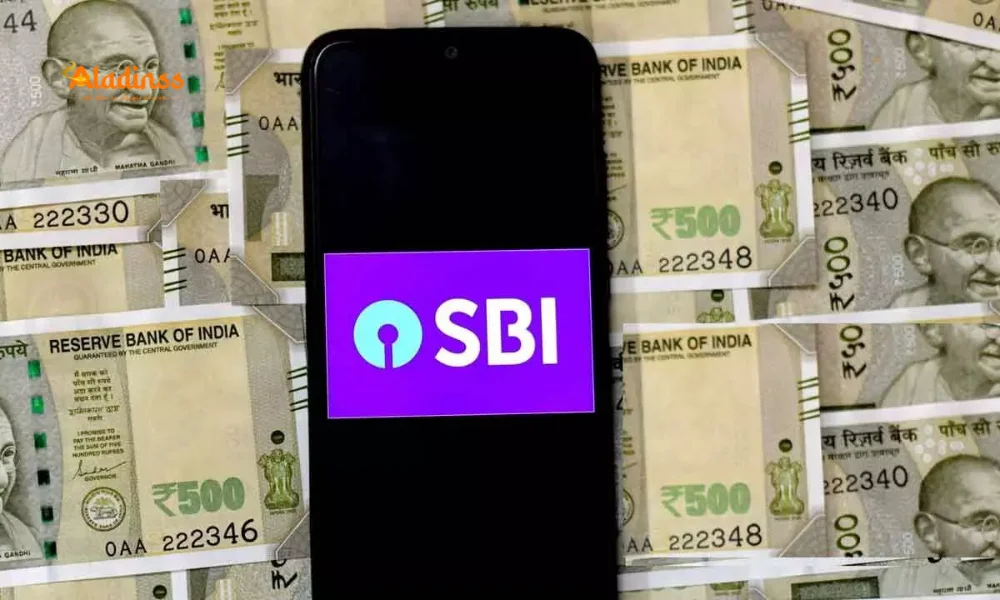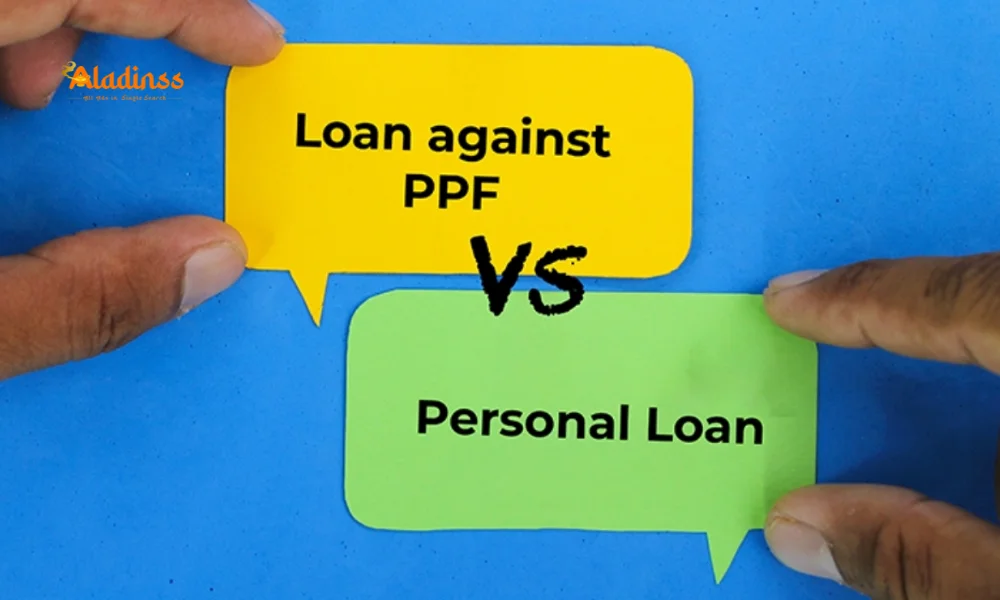UPI Powers India’s Digital Payment Boom: Transaction Volume Surges 6x
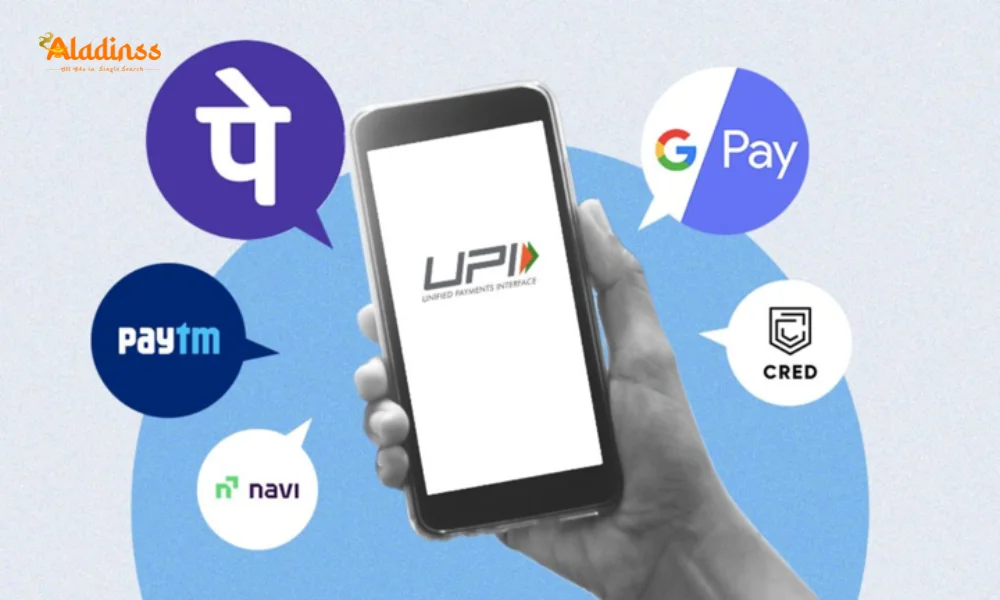
UPI Fuels India’s Digital Payment Surge: Transactions Soar Sixfold!
India’s digital payment landscape has undergone a dramatic transformation, with the Unified Payment Interface (UPI) leading the charge, according to the Reserve Bank of India’s Payment Systems Report, June 2025. From 3,248 crore transactions in 2019 to a staggering 20,849 crore in 2024, UPI’s dominance is undeniable, capturing 84.8% of digital payment volume in the first half of 2025. This near-sixfold increase in transaction volume, alongside a value growth from Rs. 1,775 lakh crore to Rs. 2,830 lakh crore, underscores India’s rapid shift to a cashless economy.
The RBI report highlights UPI’s pivotal role in driving digital transactions, while systems like NEFT and IMPS trail significantly. Meanwhile, large-value systems like RTGS dominate in transaction value but contribute minimally to volume. The growth of digital payments, now accounting for 99.8% of transaction volume and 97.7% of value, reflects India’s robust financial infrastructure. This article explores the factors behind this boom, the role of government securities, and what it means for India’s economic future.
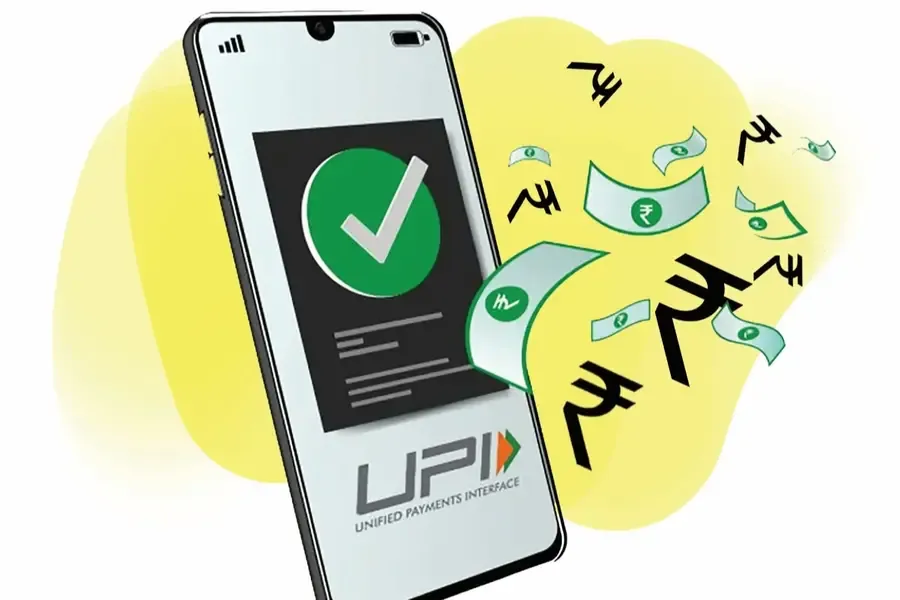
UPI’s Dominance in Digital Payments
The Unified Payment Interface has solidified its position as the backbone of India’s digital payment ecosystem. In the first half of 2025, UPI accounted for 84.8% of digital payment volume, processing a staggering 12,549 crore transactions worth Rs. 1,572 lakh crore. This marks a significant leap from 2019, when total transaction volume stood at 3,248 crore. UPI’s ease of use, instant transfers, and widespread adoption by merchants and consumers have driven this exponential growth.
Compared to other systems, UPI far outpaces NEFT (3.9% volume share) and IMPS (2.1% volume share). However, in terms of value, UPI’s share is 9%, reflecting its strength in high-frequency, low-value retail transactions. The seamless integration of UPI into everyday life, from small vendors to online platforms, has made it a preferred choice, reinforcing India’s position as a global leader in digital payments.
RTGS and Large-Value Payment Systems
While UPI dominates retail transactions, the Real Time Gross Settlement (RTGS) system leads in transaction value, capturing 69% of the value share in H1 2025 despite a mere 0.1% of transaction volume. Designed for large-value payments with a minimum threshold of Rs. 2 lakh, RTGS facilitates high-priority transactions like interbank settlements and money market operations. Its low volume but high value reflects its role in wholesale payments.
Large Value Payment Systems (LVPS), including RTGS and systems operated by the Clearing Corporation of India Limited (CCIL), are critical for financial institutions handling securities and interbank transactions. These systems ensure stability in India’s financial markets, supporting the broader digital payment ecosystem by enabling secure, high-value transfers.
Government Securities Market Growth
The Government Securities (G-Sec) market has also seen substantial growth, with transaction value rising from Rs. 769 lakh crore in 2019 to Rs. 1,812 lakh crore in 2024. Transaction volume increased from 13.76 lakh to 17.6 lakh over the same period. In H1 2025, the G-Sec market processed 9.85 lakh transactions valued at Rs. 994 lakh crore, reflecting its critical role in India’s financial system.
The G-Sec market supports government borrowing and fiscal policies, with its growth driven by increased investor participation and digital infrastructure improvements. The integration of G-Sec transactions into digital platforms has enhanced accessibility, aligning with the broader digital payment boom led by UPI and other systems.
Digital Payments: A Near-Total Takeover
Digital payments now dominate India’s payment landscape, handling 99.8% of transaction volume and 97.7% of value in H1 2025. This near-total shift from cash-based transactions highlights the success of initiatives like Digital India and the widespread adoption of UPI. The RBI’s efforts to promote secure, efficient payment systems have paid off, with digital channels becoming the default for both retail and institutional transactions.
The growth is driven by technological advancements, increased smartphone penetration, and robust banking infrastructure. UPI’s interoperability, allowing seamless transfers across banks and apps, has been a game-changer, making it a model for digital payment systems globally. The RBI’s report underscores India’s leadership in this space, with transaction volumes far surpassing many developed economies.
Factors Behind the Digital Payment Boom
Several factors have fueled India’s digital payment surge. The government’s push for financial inclusion through programs like Jan Dhan Yojana has brought millions into the banking system, creating a fertile ground for digital transactions. UPI’s user-friendly interface, zero-cost transactions for small amounts, and real-time processing have made it accessible to both urban and rural populations.
Additionally, the COVID-19 pandemic accelerated the shift to contactless payments, with consumers and businesses adopting UPI for safety and convenience. The rise of e-commerce, supported by UPI-enabled payment gateways, has further boosted transaction volumes. Government policies promoting digital payments, including incentives for merchants and tax benefits, have sustained this momentum into 2025.
Role of RBI and Regulatory Support
The Reserve Bank of India has been instrumental in shaping the digital payment ecosystem. Through initiatives like the National Electronic Funds Transfer (NEFT) and RTGS, the RBI has ensured 24/7 availability of secure payment systems. The establishment of the National Payments Corporation of India (NPCI), which developed UPI, has been a cornerstone of this transformation.
The RBI’s Payment Systems Report emphasizes its commitment to innovation, with plans to enhance cybersecurity, expand UPI’s global reach, and integrate emerging technologies like AI and blockchain. Regulatory measures, such as caps on transaction fees and robust fraud detection, have built consumer trust, further driving adoption.
Impact on India’s Economy
The digital payment boom has far-reaching implications for India’s economy. By reducing cash dependency, it enhances transparency, curbs black money, and boosts tax compliance. The increased transaction volume supports small businesses and e-commerce, driving economic growth. UPI’s low-cost model has also empowered micro-entrepreneurs, particularly in rural areas, to participate in the digital economy.
The growth in G-Sec transactions reflects strong investor confidence in India’s financial markets, supporting government borrowing for infrastructure and development. As digital payments dominate, the formal economy expands, aligning with India’s $5 trillion economy goal by 2027.
Challenges and Future Outlook
Despite its success, the digital payment ecosystem faces challenges like cybersecurity risks and digital literacy gaps in rural areas. The RBI is addressing these through enhanced security protocols and awareness campaigns. Future innovations, such as UPI Lite for offline transactions and cross-border UPI expansion, are expected to further boost adoption.
As India moves toward a fully digital payment landscape, the focus will be on inclusivity, ensuring even remote regions benefit. The RBI’s vision includes integrating UPI with global systems, potentially positioning India as a leader in fintech innovation by 2030.
What This Means for Consumers and Businesses
For consumers, UPI’s dominance means faster, cheaper, and more convenient transactions. Businesses benefit from reduced cash-handling costs and access to a broader customer base. The growth in digital payments also supports financial inclusion, enabling unbanked populations to join the formal economy through mobile-based solutions.
Investors in G-Sec markets can leverage digital platforms for easier access, while financial institutions benefit from efficient LVPS like RTGS. As India’s digital payment infrastructure evolves, stakeholders must stay informed to capitalize on opportunities in this dynamic ecosystem.
Comment / Reply From
No comments yet. Be the first to comment!




